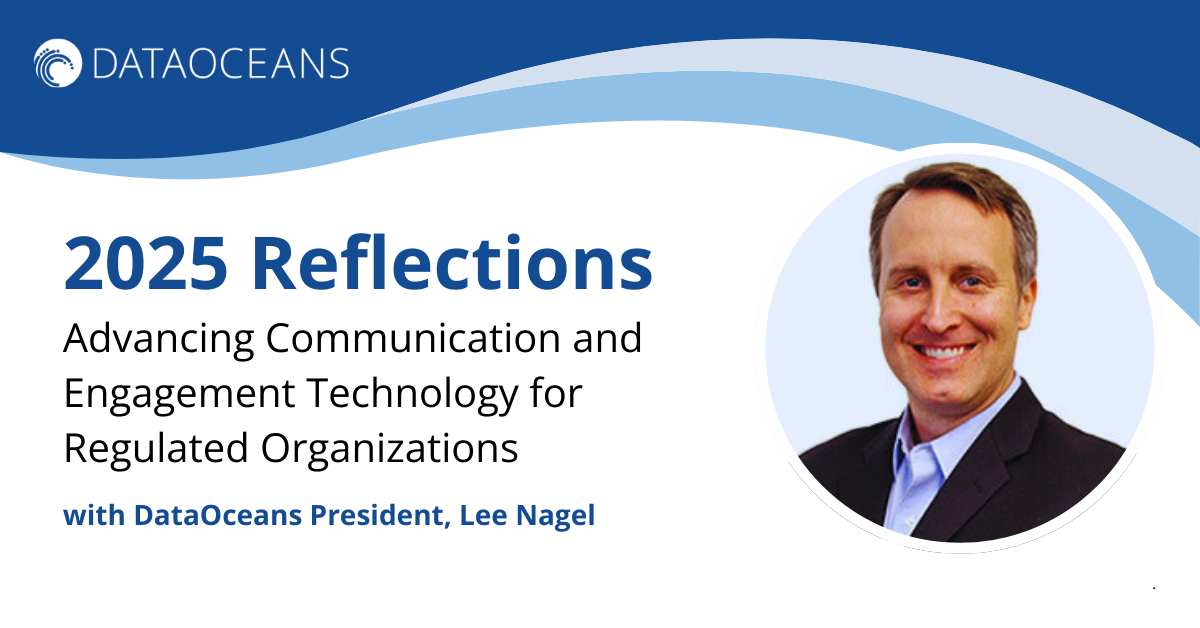Despite increases in extended outages in the past year, overall customer satisfaction with electric utilities actually increased. How can this be? A recent study conducted by J.D. Power attributes this improvement to more effective customer communications. Proactive communications that build awareness and communicate current status are the most important kinds in raising customer satisfaction. According to many studies, the most widely viewed information by utility customers is the monthly bill. However, making this document (paper or electronic) more effective at building awareness requires more than merely a few sentences or a glossy insert.
The J.D. Power 2013 Electric Utility Residential Customer Satisfaction Survey and the J.D. Power 2013 Electric Utility Consumer Engagement Study measured the level of United States’ and Canada’s customer engagement with their electric utility’s programs, products, and services.
Aside from the program-specific satisfaction results, J.D. Power & Associates found that overall satisfaction and engagement came from billing and payment options offered to customers. Jeff Conklin, senior director of the energy practice at J.D. Power noted, “With such a dramatic increase in billing and payment satisfaction in the 2013 study, it’s clear that the electric utilities have listened to the Voice of the Customer by providing them with many choices to receive and pay their bill and with improved information on their billing statements.”
Providing relevant and timely information on billing statements by taking advantage of advanced billing and payment technology can not only lead to improvements in customer satisfaction, but higher adoption rates of specific programs, such as eDelivery. When products or services are introduced in the context of a customer’s transaction (checking their balance, paying a bill, etc.) they are much more open to offers and suggestions. Additionally, according to the same J. D. Power’s study, customers opting for eDelivery of their bills are more satisfied than customers receiving paper bills.
Many companies aren’t proactively building awareness of products and are therefore putting customer engagement and higher satisfaction rates at risk. For companies that are burdened with legacy billing systems, there is an opportunity to personalize customer communications on the fly and drive electronic adoption to further improve customer satisfaction. Giving customers the option to choose which channel they would like to receive their documents gives them the power to make payments more quickly and efficiently. In addition to improving the customers’ satisfaction, eDelivery cuts costs for the company as well. How does your company intend to deliver the best communications to your customers?


.png)
.png)